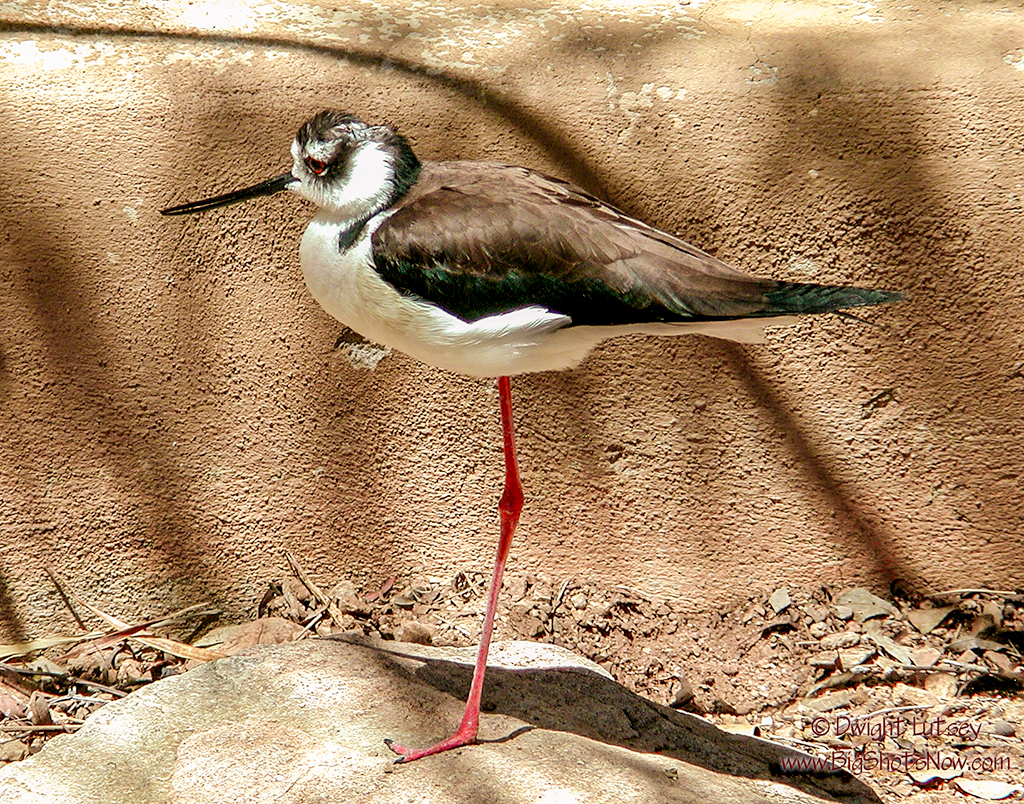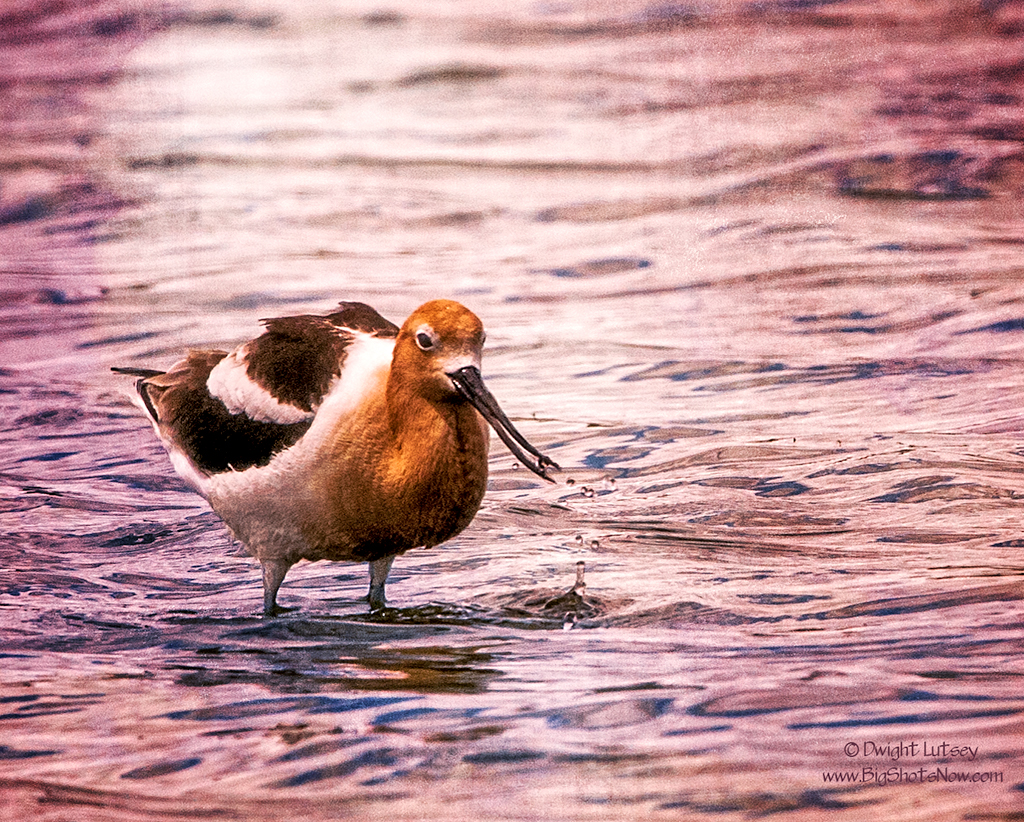
Well, it’s time for another segment in our ongoing series, Interesting Bird Facts For You And Me. *The Institute has a large Ornithology department made up of highly trained bird men and women who have various degrees of knowledge about birds. We send them out periodically to look at birds to see if they’re ( the birds not the investigators) are doing anything different inside of their bird lives. Usually they aren’t so it’s a waste of time as we know most things about birds already. After all we’re looking for the unusual, the breakthrough information about birds that hasn’t been reported on yet. The exclusives of the bird world. Think of us as the National Inquirer of bird lore.
Much of the time we get back reports on bird “A” which says it flies around a lot and eats bugs. We already know that. Or they sit in trees endlessly singing bird songs usually the same one over and over, or whistle endlessly. We know that already too. So we fire those guys that send us that stuff. This does two things. It inspires the rest to find new and interesting facts and saves us money by cutting out the humdrum individuals in the expedition.
After a firing or two we start getting in some real facts. Some with real meat on them. Stuff we can publish and get paid for. Handsomely I might add. Such as this newly discovered bird called the “One-legged Wall hugger”. Formerly this bird was thought to be a freak of Nature as it appeared to have only one leg. Well, was everybody wrong about that. This is not your common run of the mill one-legged bird that you see hanging around on corners with cardboard signs saying “Anything Helps”. No, un uhh, this is something else entirely. This is new bird behavior that has never been reported before.
What appears to be a physical defect is actually a biological trick the bird plays on Ornithologists and the Public at large and most importantly female One-legged Wall-huggers that actually have two legs all the time. This difference in physiology was confusing at first but everyone soon got over it. This new behavior is actually a mating ploy to get the female of the species to take pity on them and mate with them to make the apparently injured male feel better. This works pretty good for the male and hence it has developed into a genetic trait that is passed down from one generation to another.
Here’s how it works. Of course this bird has two legs. But what wasn’t known before was the fact that the male of the species absorbs one of his legs and appears to be left with only one leg. Our trained observers have labeled this behavior as being “Legless”, not to be confused with staying at the bar way too long, drinking until you become legless. This gives the bird the time to appear dejected and pathetic, thereby getting lucky in the meantime. Meanwhile the absorbed leg is regenerated in a pocket under the birds feathers until it is fully reformed. At that point the new leg is extended down to the ground and the other leg promptly falls off, again giving the appearance of being one-legged. To make the leg changing process even more seamless the bird has ejected both his middle toe and back toe to make entry and egress into the special leg pocket easier for the newly regenerated leg and to give a more pleasing appearance to the foot.
There you have it. Brand new facts about a little known bird and why it does what it does. Watch for this story and more unusual facts to appear on your favorite wildlife channel and supermarket tabloids everywhere. It won’t probably be there but it will give you something interesting to do while you wait to check out. For further information or questions about the wildlife you see and love, write us or call us on our new 900 number. Please have your credit card ready when making this call. Stay tuned for new and even more preposterous facts from the only place that has them The Institute.
* Note: For those of you unfamiliar with The Institute and what it does, please see the page labeled The Institute on the Menu Bar above. That should explain everything. You shouldn’t have one single question remaining regarding The Institute after reading it. None. For those of you favored few who already know about the Institute, Nevermind.


You must be logged in to post a comment.